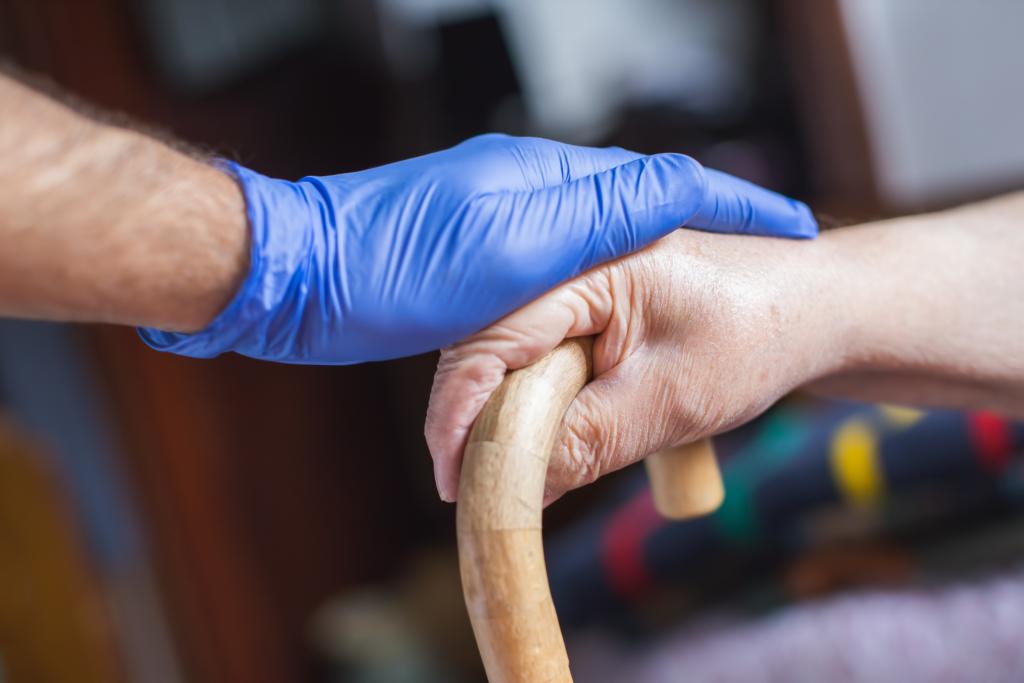
You have decided that you want to sell up and move onto pastures new, so where do you start.
What to first do when selling your care home?
The first thing to do is to find out the value of your care home – often an agent can organise this for you or your accountant may assist. Once this is known you can put the home on the market. This may be through an agent (find one you click with and who is a specialist ideally) or one of your contacts (such as your accountant or lawyer) may know people who may be interested and they can put it out to their contacts. At this stage you may consider entering into a confidentiality agreement with any potential purchaser so if they receive information about your business, they won’t pass it onto anyone else.
Once a buyer is found the next step is to produce a Heads of Terms document. This is a short document which records the key agreed terms of the deal. Most of it is not legally binding but it forms a basis for negotiating the other documents later down the line and is a good way to flush out any immediate issues or sticking points for either side.
Next steps
Next is the due diligence phase, often the hardest phase for sellers as it is very labour intensive. Essentially the Buyer will issue you with a long (probably at least 40 pages) questionnaire to ask all sorts of things about the business. It will cover things like the corporate structure, what contracts you have in place, lists of employees, any issues you may have, what consents/licences you have and how the property is held and used.
Share Purchase Agreement – Important to selling your care home
The main document to transfer across the business is called a Share Purchase Agreement or an Asset Purchase Agreement (depending on whether you are purchasing just the assets or the shares of the business as well). This document is lengthy and contains all manner of things such as, how the purchase price is paid, where liabilities sit, limitations on liabilities, indemnities and apportionments between the Buyer and Seller. At the back of this document sits a set of warranties – these are statements that you make about the business. If these statements are not true, you have to tell the buyer why they are not true. For example, the statement may say there have been no employment claims against the company. If there has been a claim then you have to ‘disclose’ this to the Buyer in a document called the Disclosure Letter. If the matter is disclosed the Buyer no longer has a claim against you in relation to that issue, as you have told them about it. This stage is often completed in a face-to-face lengthy meeting where your solicitor will run through each statement with you.
Further steps
There will also be other ancillary documents needed such as director resignation letters, PSC notices, release documents to release a bank charge over a company/property and board minutes for any companies involved.
Depending on the nature of how the property is held (freehold/leasehold/licence) there will also be property documents to draft.
If the sale is an asset sale the TUPE process will also need to be considered for employee – in a nutshell employees transfer to the buyer with their rights intact.
Once all of the above is agreed and any issues thrashed out the business is sold and this is called completion.
The whole process can be very quick if needed (in an emergency sale we did one in 3 weeks) but in usual circumstances it takes 3-4 months.
Final steps
The final thing to mention is to make sure you have an ‘ace’ team around you for the process. You will spend a lots of time speaking to them over the intense period of the transaction and it is so much easier to do this if you trust and like them.
If you have any queries about selling your care home, please contact our corporate & commercial team.
